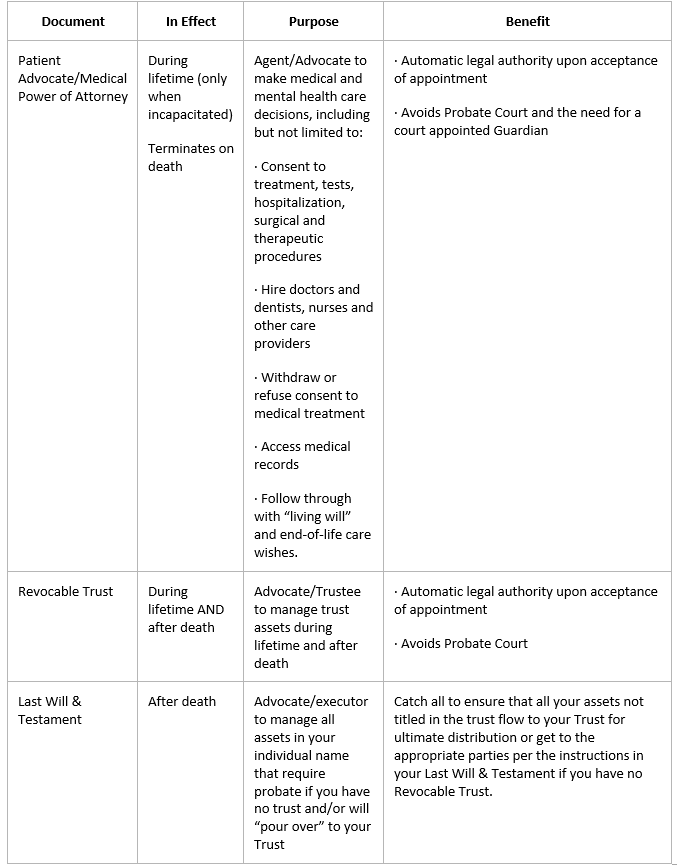 Contributed by: Josh Bitel, CFP®
Contributed by: Josh Bitel, CFP®
About 1 in 4 married couples, and almost half of unmarried folks, rely on Social Security for a whopping 90% (!) of their retirement income needs. While the Social Security Administration recommends that no more than 40% of your retirement paycheck come from Social Security, the reality is that many Americans depend heavily on this benefit. The majority of Social Security funds come from existing workers paying their regular payroll taxes; however, when payroll is not enough to cover all claimants, we must then dip into the trust fund to make up the difference. According to the 2023 Social Security and Medicare Trustees Reports, the 'trust fund' that helps supply retirees with their monthly benefits is projected to run out of money by 2033. This estimate has many folks understandably worried, but experts have proposed several potential solutions that could help boost solvency.
One popular solution is to raise the age at which retirees are permitted to file for benefits. Currently, a claimant's full retirement age (the age at which you receive 100% of the benefits shown on a statement) is between 66 and 67. Studies published by the Congressional Budget Office show that raising by just two months per year for workers born between 1962 and 1978 (maxing out at age 70) could save billions of dollars annually in Social Security payments, thus helping cushion the trust fund by a substantial amount.
Another hotly debated solution is reducing annual cost-of-living adjustments (COLA) for claimants. As it currently stands, your Social Security benefit gets a bump each year to keep up with inflation (the most recent adjustment was 8.7% for 2023). This number is based on the consumer price index report and is a tool used to help retirees retain their purchasing power. Recent studies from the SSA show that if we reduced COLA by 0.5%, we could eliminate 40% of the impending shortfall. This goes up to 78% if we assume a 1.0% reduction in COLA. Neither of these solutions completely solves the shortfall, but a combination of COLA reductions and changes to FRA, as shown above, would go a long way toward solving this issue.
These are just a few of the several solutions debated by experts each year. It is important to note that even if no changes are made, current beneficiaries will continue to receive their payments. However, estimates show that if the trust fund ran completely dry, payments may be reduced by as much as 25%. While this is not an insignificant haircut, it is certainly better than cutting payments altogether.
The point is that Social Security is a crucial part of many retirees' livelihoods. It would be safe to assume that Congress would act and make changes before any major benefit cuts are required. These are several options to consider that would have varying impacts on not only solvency but also benefits themselves. If you are concerned about the role of Social Security in your personal retirement plan, discuss with your advisor how these changes may impact you.
Josh Bitel, CFP® is a CERTIFIED FINANCIAL PLANNER™ professional at Center for Financial Planning, Inc.® He conducts financial planning analysis for clients and has a special interest in retirement income analysis.
This material is being provided for information purposes only and is not a complete description, nor is it a recommendation. Any opinions are those of Josh Bitel, CFP® and not necessarily those of Raymond James.
There is no guarantee that these statements, opinions or forecasts provided herein will prove to be correct.
The information has been obtained from sources considered to be reliable, but we do not guarantee that the foregoing material is accurate or complete.
Securities offered through Raymond James Financial Services, Inc., member FINRA/SIPC. Investment advisory services are offered through Center for Financial Planning, Inc. Center for Financial Planning, Inc. is not a registered broker/dealer and is independent of Raymond James Financial Services.






















